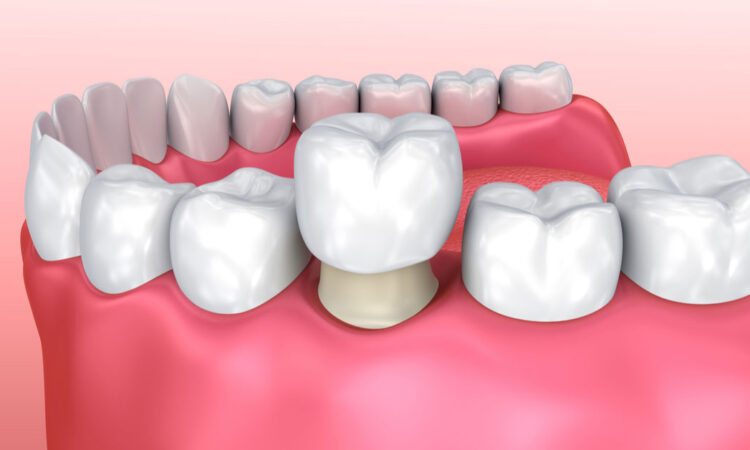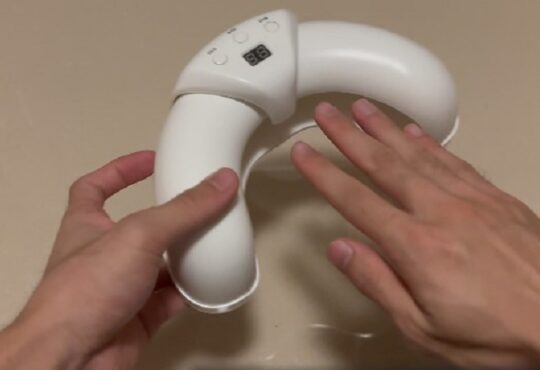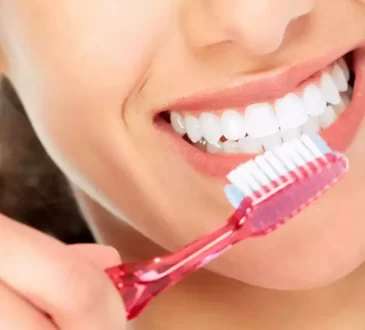Restorative Solutions for Common Dental Issues: From Crowns to Implants

Dental issues can often feel overwhelming, but restorative solutions offer a path to renewed oral health. Whether dealing with chipped teeth, severe decay, or missing teeth, options like crowns, bridges, and implants can provide effective relief. These solutions restore not only function but also the natural appearance of teeth. A dentist in Brookline, MA, can guide you through these treatments with expertise. Crowns are ideal for protecting weakened teeth, while bridges fill gaps left by missing teeth. Implants provide a more permanent solution, integrating seamlessly with your natural teeth. Each option has its place in dental care, and understanding them can help in making informed decisions. Restorative procedures have advanced greatly, ensuring comfort and effectiveness. Trust in these tried-and-true methods can lead to improved dental well-being and a confident smile. Dental experts are ready to offer the support and care needed for these common issues.
Understanding Crowns, Bridges, and Implants
Crowns, bridges, and implants address distinct dental needs. Crowns are used when a tooth is damaged but salvageable, acting as a cover to protect and restore its shape. Bridges replace one or more missing teeth by anchoring to adjacent teeth. Implants, however, serve as substitutes for tooth roots, providing a durable and long-lasting solution.
When to Choose Each Option
Deciding between a crown, bridge, or implant depends on the specific dental problem. Crowns work well for teeth that are still viable but need reinforcement. Bridges are useful when one or more teeth are missing and the surrounding teeth are strong enough to support the structure. Implants might be the best choice when seeking a permanent solution to replace missing teeth entirely. A comprehensive examination by a dental professional will determine the most suitable option.
Comparison of Restorative Solutions
| Solution | Best For | Longevity | Maintenance |
|---|---|---|---|
| Crowns | Damaged but repairable teeth | 10-15 years | Regular oral hygiene |
| Bridges | One or more missing teeth | 5-15 years | Cleaning under bridge |
| Implants | Permanent tooth replacement | 25+ years | Excellent oral care |
The Procedure: What to Expect
Each restorative procedure involves different steps. For crowns, the dentist will shape the damaged tooth and place a temporary crown. A permanent crown will replace it in a follow-up visit. Bridges require the preparation of adjacent teeth followed by fitting the bridge. Implants involve a surgical procedure where a titanium post is placed in the jawbone, followed by attaching a crown after healing.
Factors Influencing the Choice
Several factors can influence which restorative solution is best. These include the condition of the existing teeth, bone health, and personal preferences. Cost considerations and the time commitment for each procedure also play a role. Discussing these factors with a dental professional ensures a choice that aligns with individual needs.
Maintenance and Aftercare
Maintaining restorative dental work requires consistent oral hygiene. Brushing twice daily, flossing, and regular dental check-ups are essential. Specific care might be needed, such as using special floss for bridges. Dental professionals offer guidance on proper care for each type of restoration.
Benefits of Restorative Dentistry
Restorative dentistry provides multiple benefits. It restores the natural look and feel of teeth, improves oral function, and prevents further dental issues. It also enhances self-esteem by bringing back the confidence of a complete smile. The right dental restoration can lead to a healthier and more fulfilling life.
Resources for Further Information
For more detailed information on dental restorations, the American Dental Association provides excellent resources. Additionally, the National Institute of Dental and Craniofacial Research offers insights into tooth replacement options.
Restorative dental solutions are vital in addressing common issues and improving overall dental health. With advancements in technology and techniques, these options are more accessible and effective than ever. Understanding the benefits and procedures associated with crowns, bridges, and implants can empower you to make informed decisions for a healthier smile.









